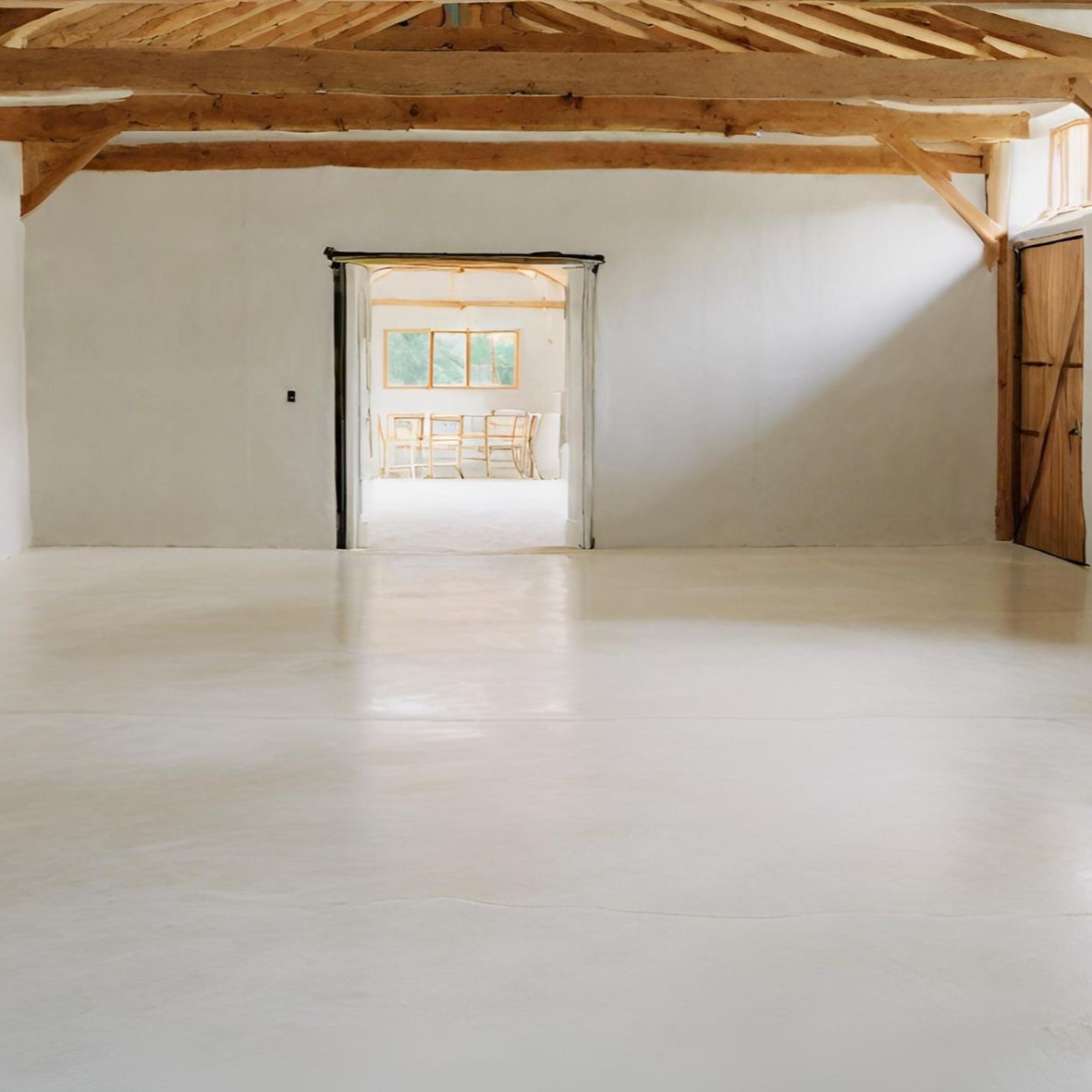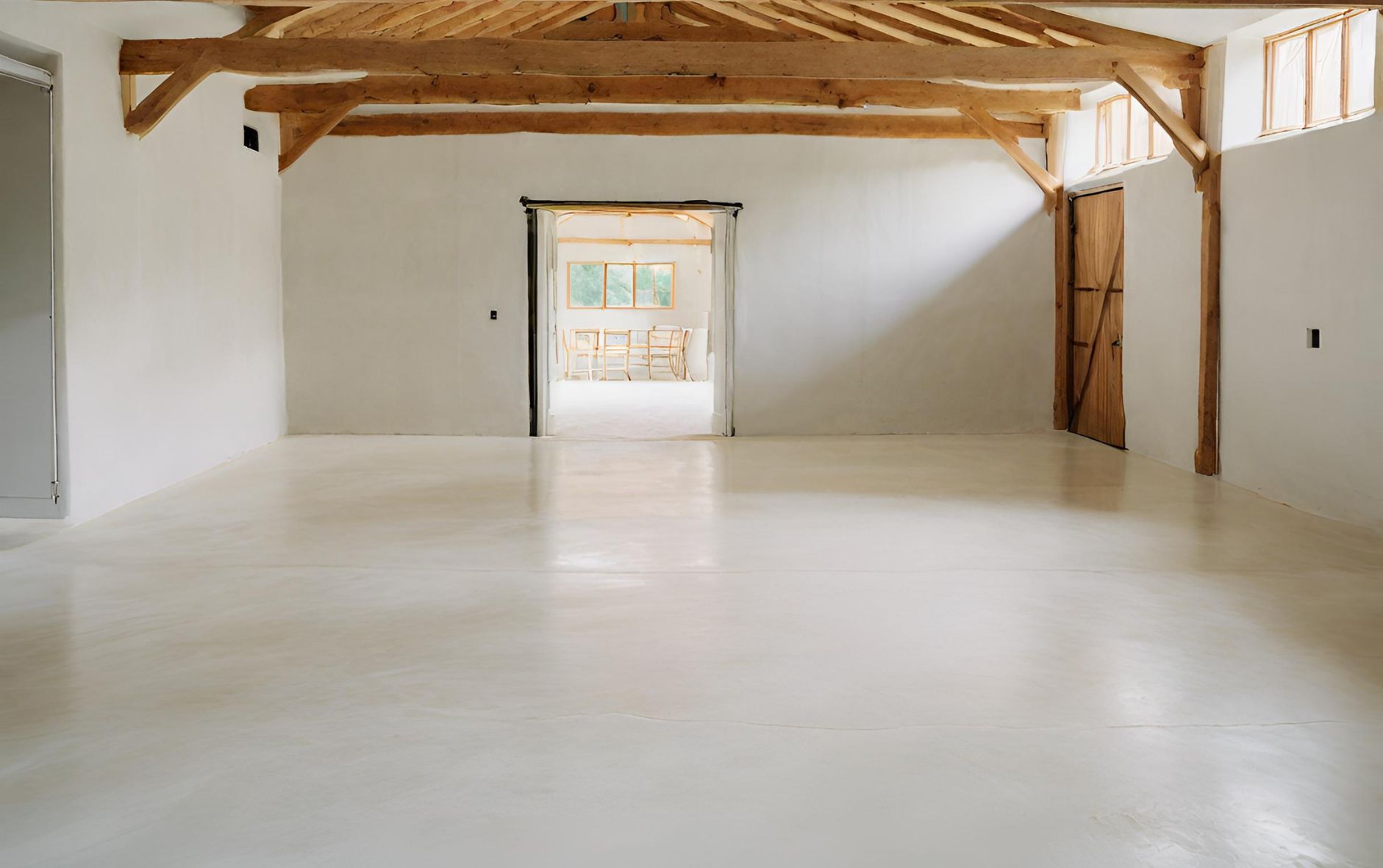Liquid moisture barrier for concrete floors
How’s this different from the old school sheet or underlay moisture barriers? With traditional moisture barriers you're trying to wrap your floor in a giant, waterproof blanket. That’s your sheet barrier. It works, but it’s a hassle. You’ve got to lay it out perfectly, seal all the seams, and hope there are no gaps or tears. One little rip, and you’re back to square one, with water seeping through.
On the flip side, with the liquid barrier, you roll it on, let it soak in, and it hardens into an unbroken layer of defense. It’s perfect for any shape or size, fitting snugly into every corner and cranny. Whether your concrete is freshly laid or has been around for years, the liquid barrier adapts, providing a uniform coat of protection.
So, when you’re weighing your options, remember this: liquid barriers are straightforward and easy to apply. They dive deep into the concrete, offering lasting defense against moisture, while sheet barriers need meticulous installation and constant vigilance against potential breaches. With liquid, you get seamless, hassle free protection that just works.

